Voice of the national soul
Born into a family with a tradition of loving the art of Don Ca Tai Tu, musician Nguyen Vinh Bao was born in 1918 in My Tra village, Cao Lanh district, former Sa Dec province (now Dong Thap). Thanks to the opportunity to be exposed to music quite early, at the age of 12 he could already use a number of musical instruments such as Dan Kim, Dan Co, Dan Gao... In 1956, when the Saigon National School of Music and Drama was established, he was invited to teach Dan Tranh. At this time, he began to learn Western music and study the piano, so he had quite unique comparisons about the differences between modern and traditional music.
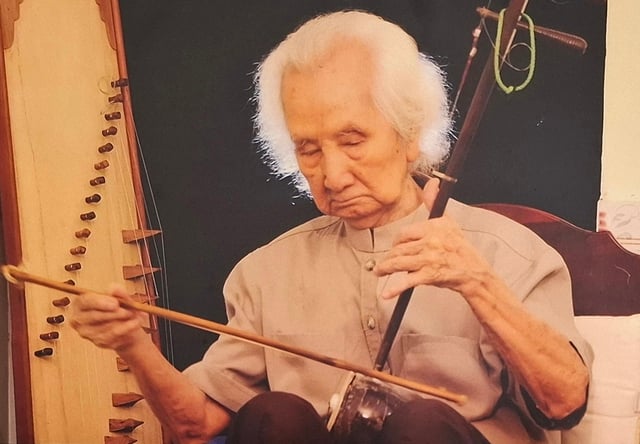
Musician Nguyen Vinh Bao plays solo on the zither and the coconut shell zither
PHOTO: HOANG PHUONG
Responding to Bach Khoa magazine (July 15, 1963), musician Vinh Bao said that traditional music has the advantage of special vibrato, pressing, and stroking techniques that Japanese and Chinese instruments also have, but are not as sophisticated. He said: "We have Western and Chinese food, so we can enjoy it for fun, but we will eventually return to our own food. Traditional music is the voice of the national soul for many generations, it has long been in harmony with the inner life of Vietnamese people. Those who have to live in foreign lands, when they hear a familiar old melody, such as a commentary or a folk song..., feel like they see the green bamboo fence, the beloved home far away. However, to promote the advantages, we must overcome the basic disadvantages. That is the lack of a clear and correct method of notating music."
According to musician Nguyen Vinh Bao, most of the teachers of traditional music instruments have followed the method of passing on the skills, whoever is skillful in imitating and diligently practices can play the instrument. Then when these people pass it on to their disciples, the instrument is slightly different. The traditional music is also not unified. Therefore, when local players play the instrument with people from other regions, it is often less good because they do not "match" each other.
Similarly, when teaching music, each person has their own way of notating music, so it is difficult for others to understand. The way of notation of the predecessors is too primitive, so it cannot fully express the meaning of the music. If using Western notation, the music will be too cumbersome and complicated because the notes must have special marks at the places of stress, vibration, pecking, etc. The third drawback is that we use as many pieces of music as the ancients left behind. The cases of a few dedicated people like Mr. Nguyen Tri Khuong (My Tho) who added new pieces such as Yen tuoc tranh ngon, Phong xuy trich lieu, That tri bi hung , etc. are rare.
Because of the lack of creativity, using the same old songs over and over again becomes boring. As a result, the musician wants something different, so he "adds salt and pepper" to the songs he plays according to his preferences, sometimes out of key, distorting the music, and losing the fundamental character of the song.
In a concert, to limit this mess, there must be a conductor. But our conductor will not be like the conductor of a Western orchestra. That is the person who stands up to arrange the music for each instrument in the orchestra, instruct and lead the way of playing, clearly define the role of each instrument, where to play loudly, where to play softly, when to "disappear" to give way to other instruments. Only then will the value of the music be increased.
Improving traditional musical instruments
Musician Nguyen Vinh Bao spent 9 years teaching the zither at the Saigon National Conservatory of Music. After many years of research, he improved the zither from 16 strings to 17, 19 and then 21 strings with richer and more varied sounds and techniques than the traditional zither. From the 1 meter length of the traditional zither, the zithers he made are 1.4 - 1.8 meters long, called "trung tranh" and "dai tranh". In addition, he used kiri pawlaunia, a special type of tree used to make Japanese koto instruments, to make the surface of the Vietnamese zither.
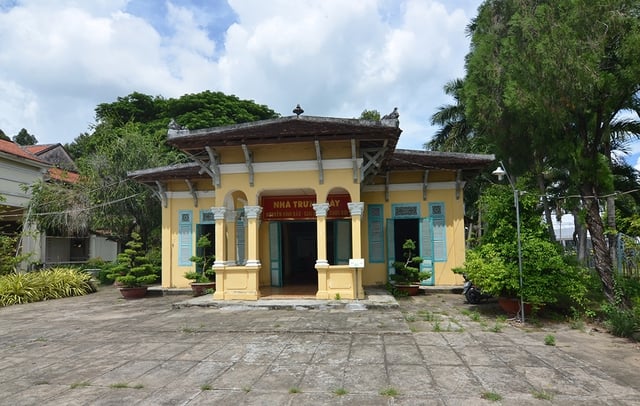
Exhibition house "Nguyen Vinh Bao - Melody and life"
PHOTO: HOANG PHUONG
According to him, the musical instruments of traditional Southern music need to be studied and improved to make them more beautiful, more compact and have better sound. But he does not support the use of electricity, because the sound of the instrument is louder but the soul is somewhat different... It is difficult to harmonize the old and the new. Although the violin is similar to the zither, the violin and the zither each have their own beauty. Their nature is similar, but the violin playing a song we hear is not as good as the zither, and vice versa, the zither playing Western music is not as good as the violin. "It is like our ao dai, Vietnamese women walk with graceful, supple movements. Don't wear our ao dai and walk stiffly and shambolically like European and American girls, it is a pity for the Vietnamese ao dai" ( Bach Khoa, July 15, 1963).
Also in the Bach Khoa magazine, author The Nhan reported: "On the evening of April 14, 1972, at the Institut de Musicologle in Paris, the Oriental Music Research Center organized the only performance of traditional Southern music performed by musician Nguyen Vinh Bao and Professor Tran Van Khe. The talent and superb playing skills of the two professors were enough to attract over 500 foreign guests and overseas Vietnamese to attend. Vietnamese people in France had the opportunity to enjoy Professor Vinh Bao's zither through tapes, but never had the opportunity to see with their own eyes the person who created the sorrowful and sorrowful zither that moved many overseas Vietnamese to tears."
In 2021, musician Nguyen Vinh Bao passed away at his home in Cao Lanh, Dong Thap, at the age of 104. Having the opportunity to visit the Exhibition House, musician Nguyen Vinh Bao saw the local government's appreciation for a talent. This place not only preserves images and musical instruments related to the musician's musical career, but also hundreds of documents, diplomas, awards, video tapes, cassettes, strings... even the chair he lay on, the glasses, the shirt he wore are also kept and preserved with utmost respect. ( continued )
Source: https://thanhnien.vn/nhac-su-vinh-bao-va-tuyet-ky-ngon-don-tranh-nam-bo-185250626194722029.htm




![[Photo] Prime Minister Pham Minh Chinh attends a conference to review one year of deploying forces to participate in protecting security and order at the grassroots level.](https://vphoto.vietnam.vn/thumb/1200x675/vietnam/resource/IMAGE/2025/11/12/1762957553775_dsc-2379-jpg.webp)
![[Photo] Highways passing through Dong Nai](https://vphoto.vietnam.vn/thumb/1200x675/vietnam/resource/IMAGE/2025/11/12/1762940149627_ndo_br_1-resize-5756-jpg.webp)


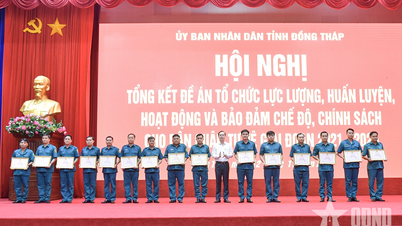

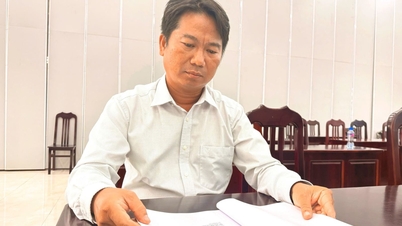





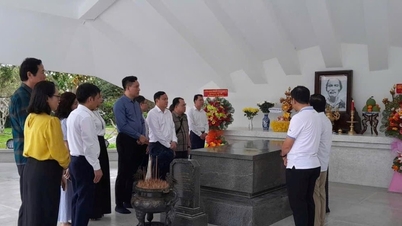











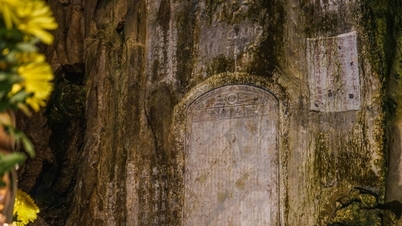











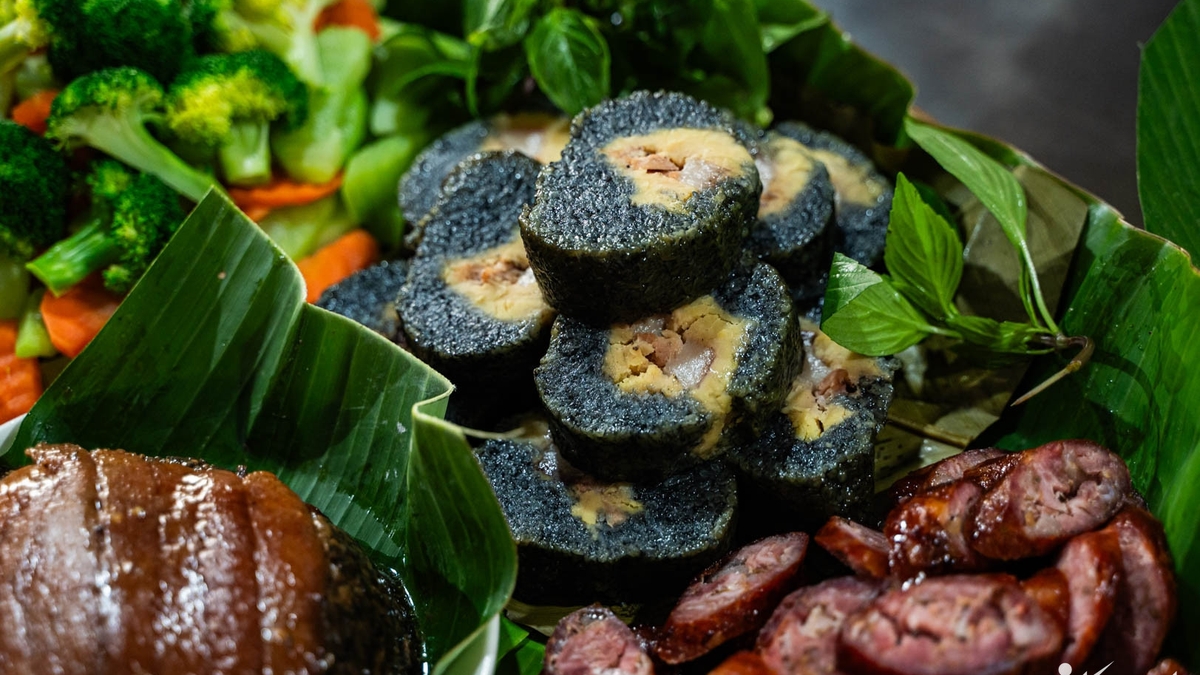
















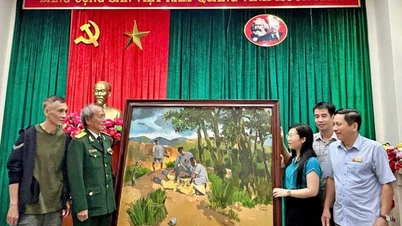






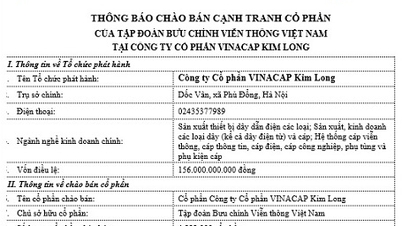

















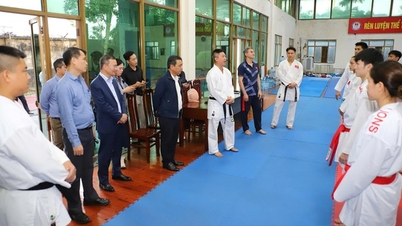























![Dong Nai OCOP transition: [Article 3] Linking tourism with OCOP product consumption](https://vphoto.vietnam.vn/thumb/402x226/vietnam/resource/IMAGE/2025/11/10/1762739199309_1324-2740-7_n-162543_981.jpeg)







Comment (0)